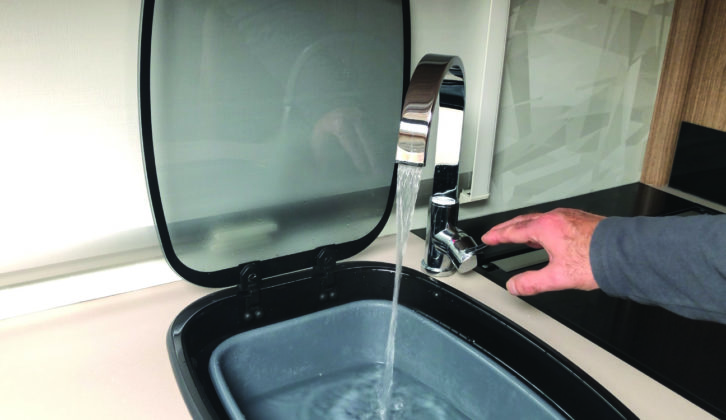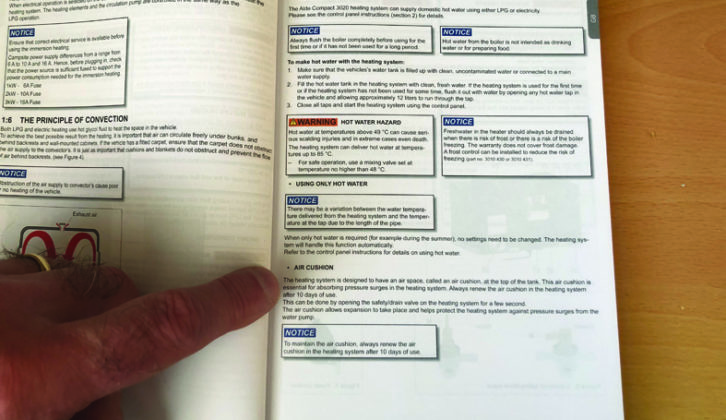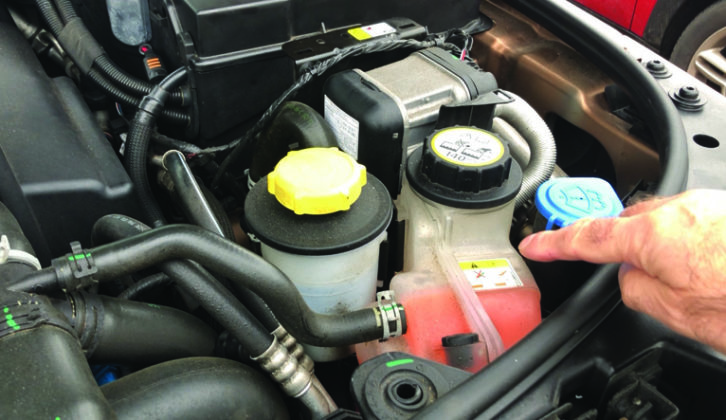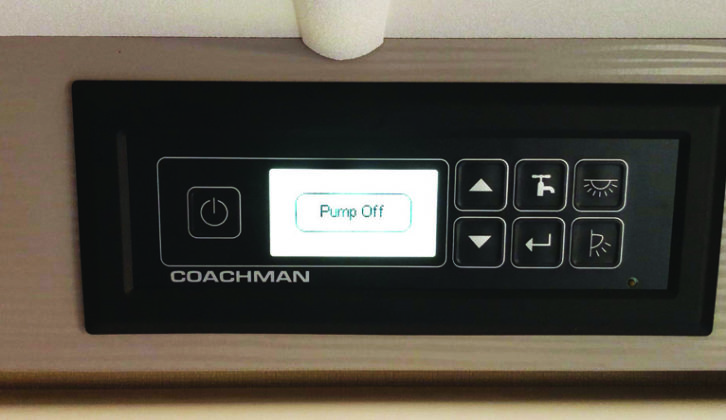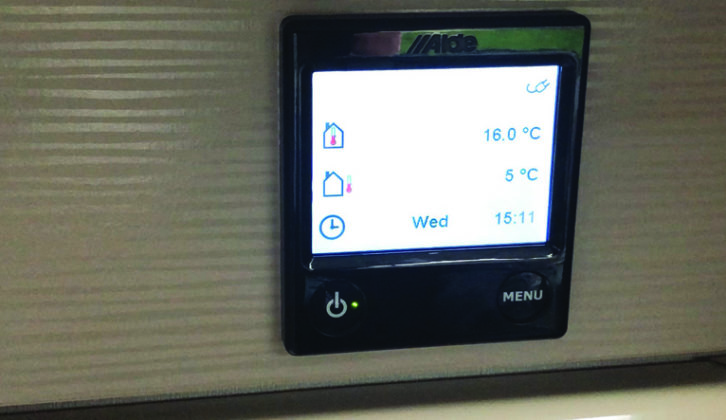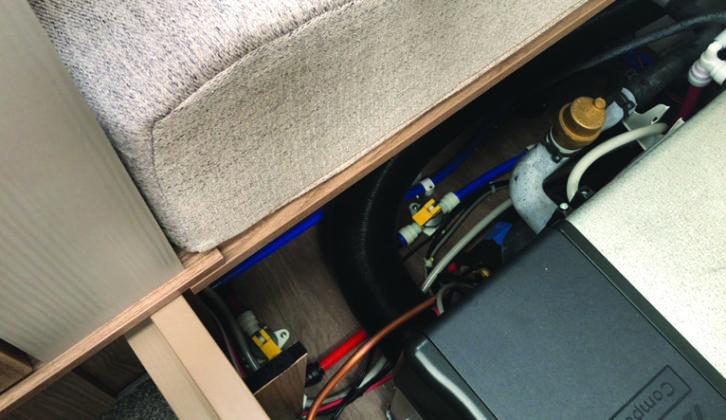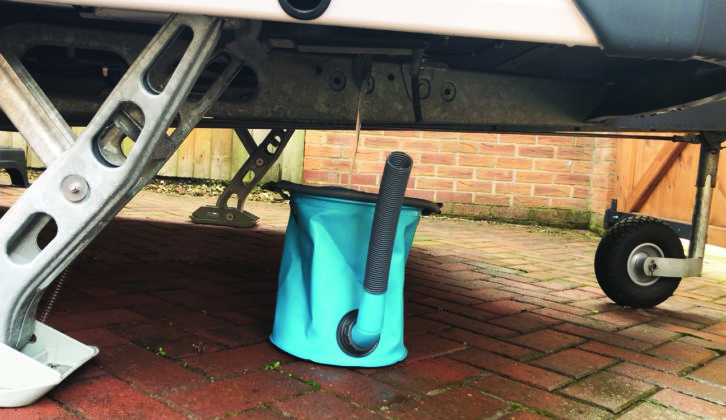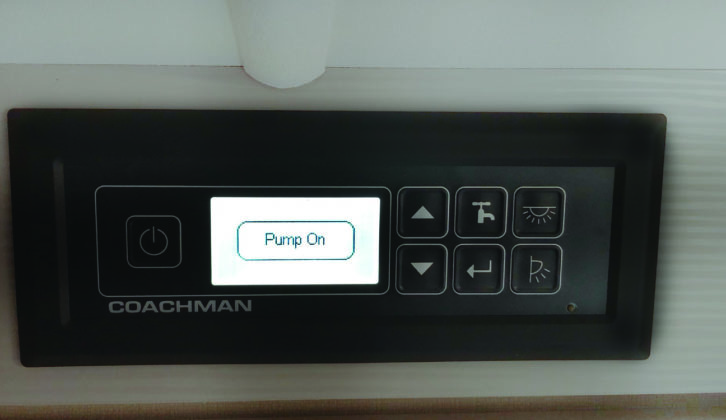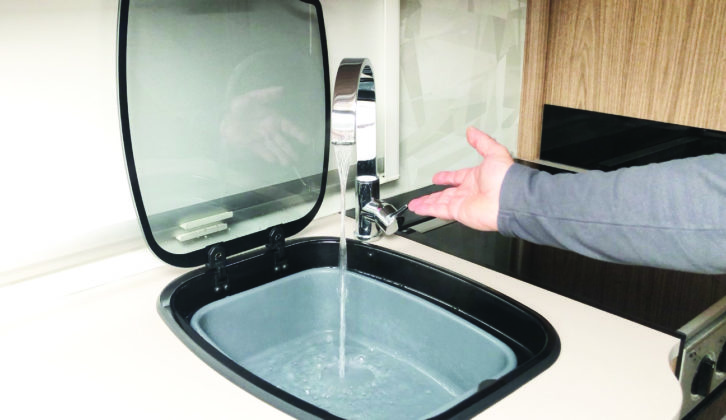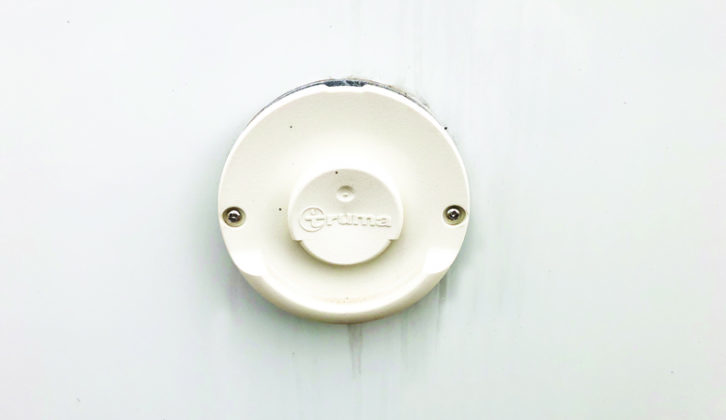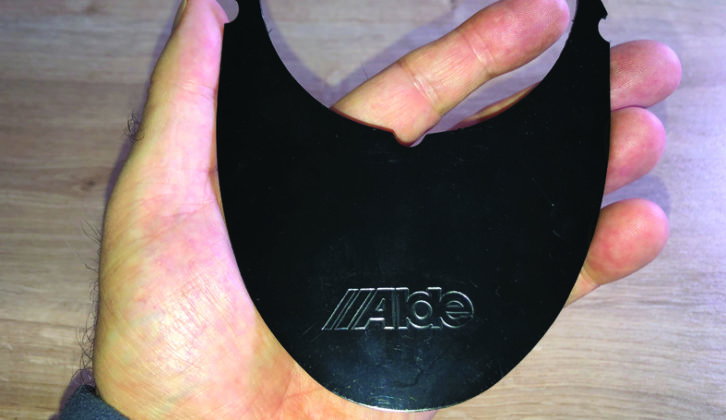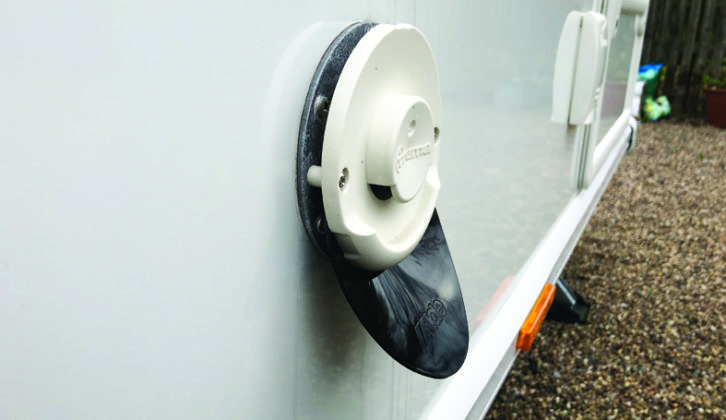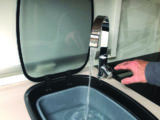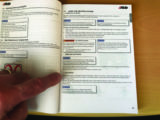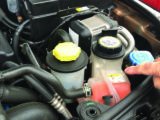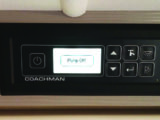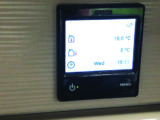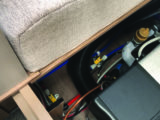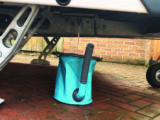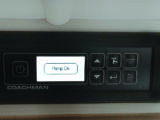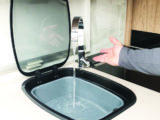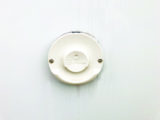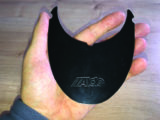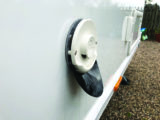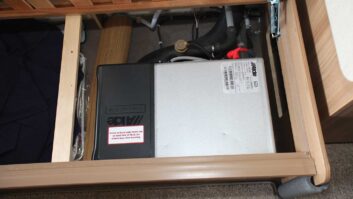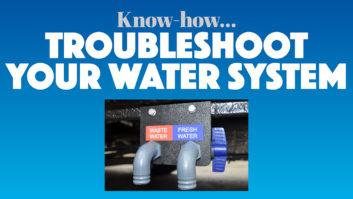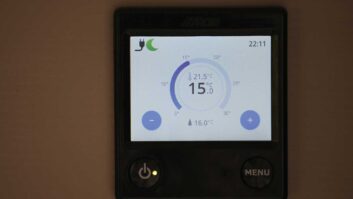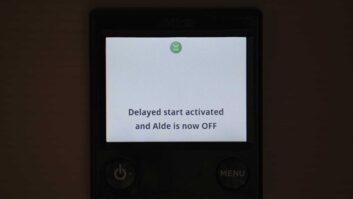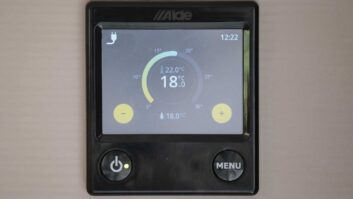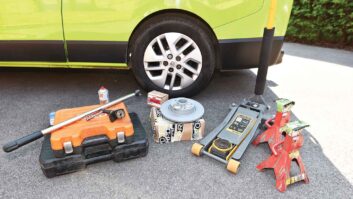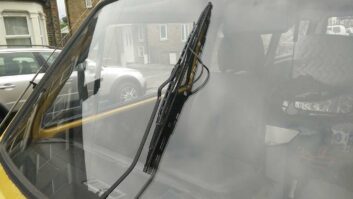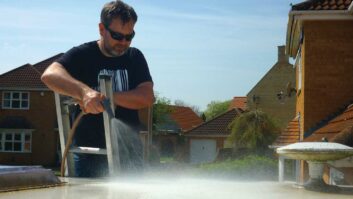In a recent conversation that I had with Alde, mention was made of the “air cushion”. Now, when it comes to Alde boiler and flue maintenance, I hold up my hands and make two admissions here. First, I’d never heard of the air cushion before, and second, must admit I rarely look at handbooks unless I need something! There, I’ve said it.
The chat with Alde proceeded along the lines of “It’s highly unlikely, but there is a possibility of damage being caused to the boiler, which then becomes an expensive repair.”
I emphasise that it is highly unlikely damage will be caused, but just one such repair is one too many when the prevention is so simple.
I then started doing some digging (and that included looking at the Alde operating manual!) to find out more about the air cushion.
Boiler operations
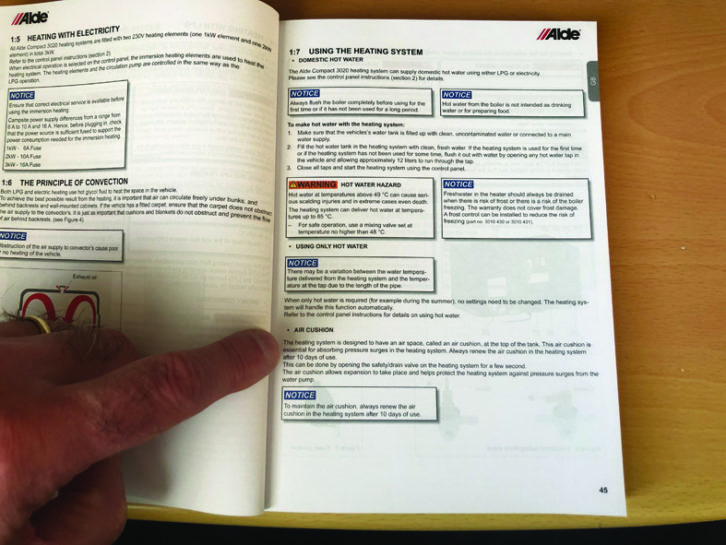
That digging included investigating Truma and Whale systems. I could see no mention of any air cushion in their operating instructions. Whale also confirmed there is no such requirement for its hot-water set-up.
I’ve been using Alde systems for the past 10 years with no problems. But section 1:7 of the manual states: “The heating system is designed to have an air-space, called an air cushion, at the top of the tank. The air cushion is essential for absorbing pressure surges in the heating system. Always renew the air cushion in the heating system after 10 days of use.”
Automatic renewal
Before I go on to explain how to renew the air cushion, if you never stay away for more than 10 days and you drain the water system every time you get back. the air cushion is automatically renewed each time that the boiler is refilled.
So the problem is more likely to occur if you stay on tour for longer, or you don’t drain the system between tours – which of course, many of us don’t.
It’s also possible that motorhomes – with their onboard water pumps, rather than the submersibles of caravans – are more prone to the possibility of the problem, because of the ‘hammering’ effect of the pump.
The air cushion
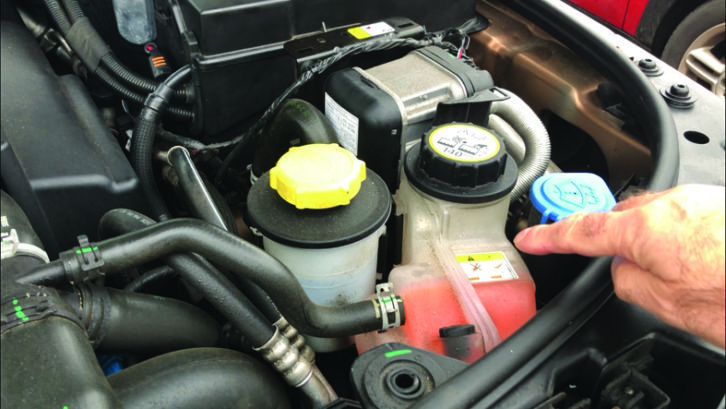
First, exactly what is the air cushion and what does it do?
If we look at vehicle cooling systems, most have an expansion tank. As the coolant heats up, it expands, causing a build-up of pressure in the system. The expansion can take place without damage, as it fills the expansion tank and compresses the air within. That is under pressure, hence the warning not to remove the cap if the engine is hot.
If you look at how much the fluid expands when it’s heated in the Alde system, by checking the levels – cold and hot – in the header tank, you’ll see what I mean. Thankfully, there’s no pressure in the header tank, because it’s vented to allow excess air/fluid out.
To save weight and space, rather than fitting a pressurised expansion tank, Alde uses the air cushion in the boiler. Basically, this is a space filled with air at the top of the boiler, which compresses when the water is heated.
As explained, it diminishes over time and could disappear, leaving nowhere for the water to expand. This is when damage might occur,
Restore the cushion
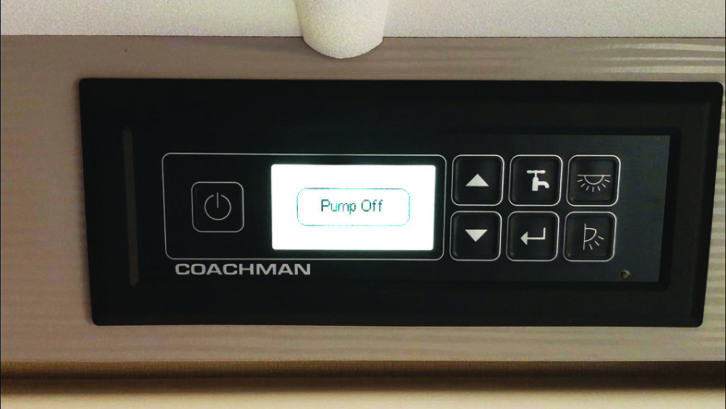
So how do we restore the air cushion? The process is simple and takes a couple of minutes. Start by turning off the water pump. There’s no need to alter settings on the Alde control panel or to turn off the heating system (water and space).
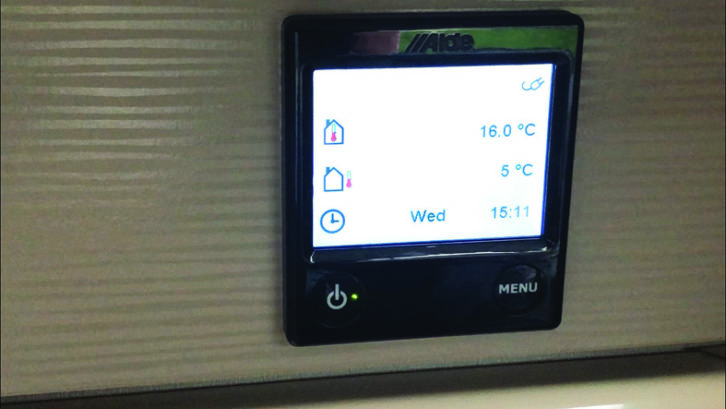
Next, open the nearest hot-water tap and allow the water pressure to drop, then leave the tap in the open position.
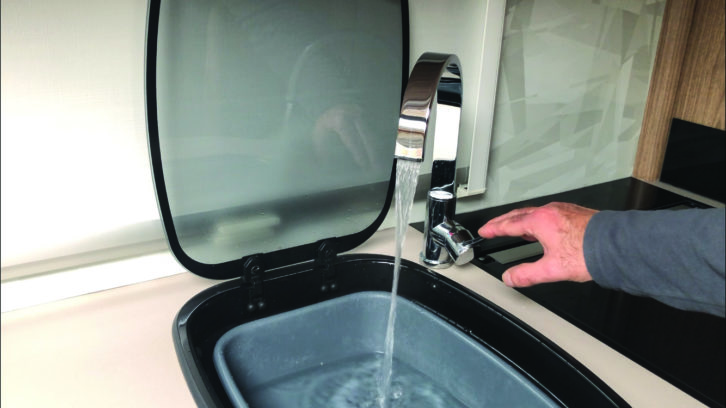
Now, open the boiler’s fresh-water drain valve (usually this is a yellow flip-up lever, the same one you open to drain the hot-water system) for five to 10 seconds, then close it again.
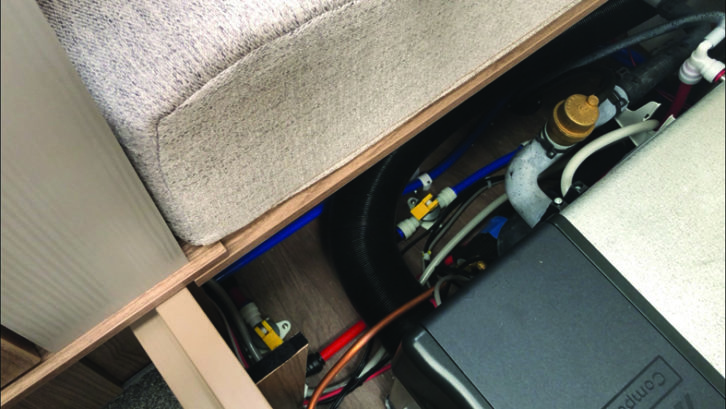
Now, with the drain valve closed, turn the water pump back on, and when water is flowing smoothly from the tap, close the latter.
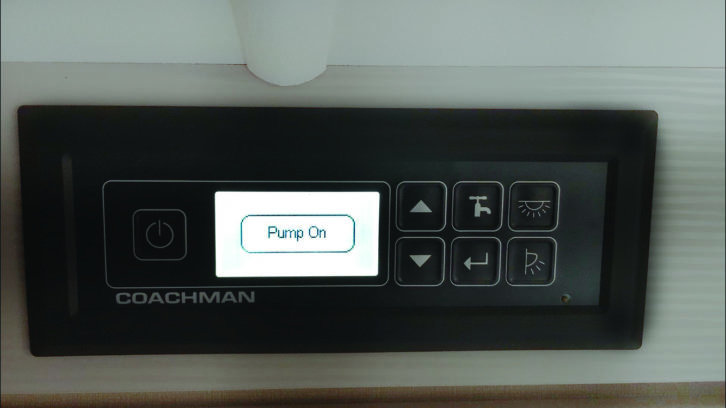
And that’s all there is to it. I told you that is was simple!
Keep off the grass
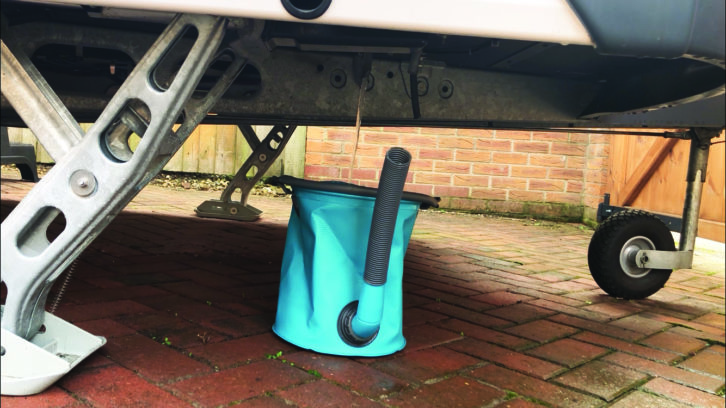
The only other comment I would make here is that if you’re staying on a grass pitch, please use a bucket or some other suitable container to catch the hot water under the motorhome when you open the boiler’s drain valve – hot water can scorch and kill off the grass, something that won’t make you at all popular with the site owners.
Condensate spout
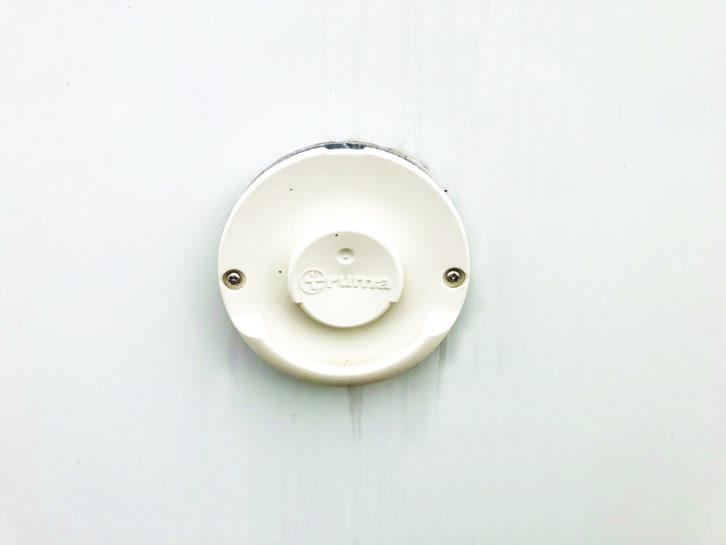
If you use your Alde or Truma boiler on gas during the cooler months of the year, you might notice a run of condensed water under the external flue on the side of your vehicle.
When outside temperatures reach below zero, that could easily turn into a build-up of ice. This is, of course, perfectly normal, but in the past, I’ve found that the water can calcify onto the sidewall/lower trim and this looks unsightly. It’s also a pain to remove.
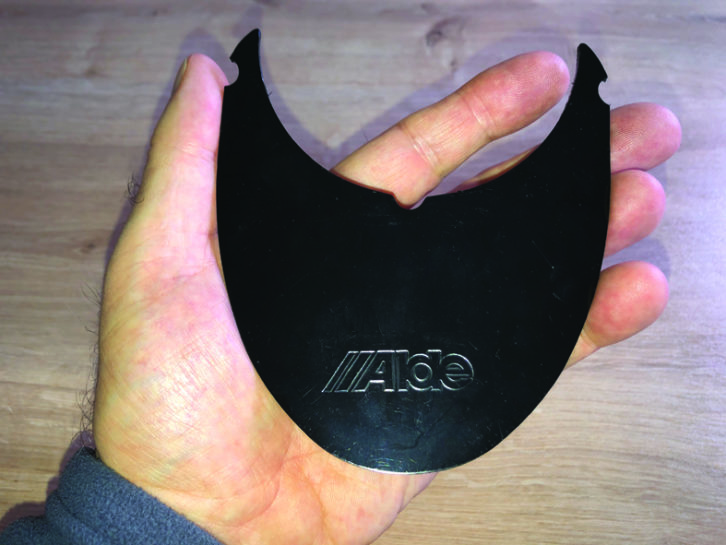
There is a very easy, cheap solution to this, in the form of the condensate spout, and it doesn’t matter whether you have an Alde or a Truma one – they are interchangeable. In our case, an Alde spout is attached to a Truma flue.
The condensate spout simply clips onto the flue and directs any water away from the side of the ‘van. This prevents any unsightly calcification and subsequent build-up of ice.
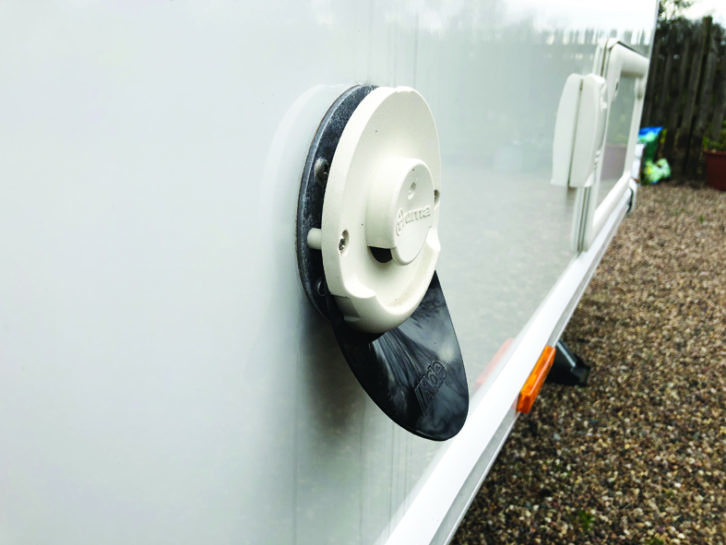
If you liked this… READ THESE:
Spotlight on Leisure Batteries
How to fit a tyre pressure monitoring system
If you’ve enjoyed reading this article, why not get the latest news, reviews and features delivered direct to your door or inbox every month. Take advantage of our brilliant Practical Motorhome magazine SUBSCRIBERS’ OFFER and SIGN UP TO OUR NEWSLETTER for regular weekly updates on all things motorhome related.
Future Publishing Limited, the publisher of practicalmotorhome.com, provides the information in this article in good faith and makes no representation as to its completeness or accuracy. Individuals carrying out the instructions do so at their own risk and must exercise their independent judgement in determining the appropriateness of the advice to their circumstances. Individuals should take appropriate safety precautions and be aware of the risk of electrocution when dealing with electrical products. To the fullest extent permitted by law, neither Future nor its employees or agents shall have any liability in connection with the use of this information. You should check that any van warranty will not be affected before proceeding with DIY projects.
The problem is more likely to occur if you stay on tour for longer, or you don't drain the system between tours
